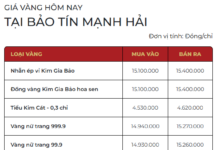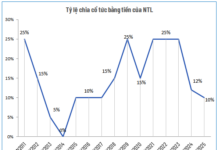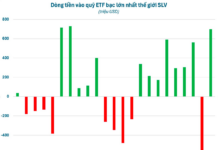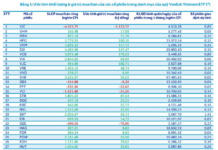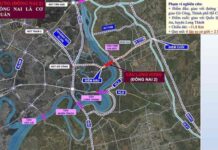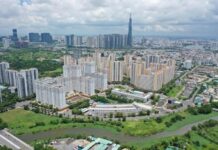
The government has outlined clear criteria and conditions for converting agricultural land, protective forests, special-use forests, and production forests into other uses.
|
The criteria and conditions for converting 02 ha or more of agricultural land, protective forests, special-use forests, and production forests into other uses are as follows:
1. Possess a plan for alternative forestation or a document confirming the completion of financial obligations for alternative forestation in accordance with forestry laws.
2. Have a plan for utilizing the topsoil in compliance with laws pertaining to cultivation.
3. Conduct a preliminary assessment of the environmental impact or a full-scale environmental impact assessment as mandated by environmental protection laws.
The decree stipulates that the People’s Committees at the provincial level are tasked with outlining specific criteria and conditions for converting agricultural land, protective forests, special-use forests, and production forests into other uses. This ensures that land use is efficient and optimized while also addressing food security and environmental protection concerns within the province. These criteria are applicable when the above-mentioned conditions do not apply.
Allocating and Leasing Small, Enclave State-Managed Land Parcels
For the allocation or leasing of small, enclave state-managed land parcels as per this decree, the following criteria must be met:
1. The land must be part of the state’s land fund, which includes land that has been recovered by decisions of competent state agencies, land that has not been allocated or leased, or land that is under the management as stipulated in point d of Clause 1 and Clause 2, Article 7 of the Land Law.
2. The land parcel does not meet the minimum area requirements for land division as prescribed by the People’s Committees at the provincial level.
3. The land use must conform to the approved district-level land use planning or the approved master plan, detailed planning for urban areas, planning for new rural construction, or planning for rural residential areas, as stipulated by relevant laws.
4. The land is not earmarked for any projects or works identified in the approved land use planning and made public.
5. There are no disputes, complaints, or violations associated with the land parcel in question, or if there are any, they have been resolved in accordance with the law.
Principles for Allocating and Leasing Small, Enclave Land Parcels
The decree emphasizes that small, enclave state-managed land parcels should be prioritized for public purposes. If they cannot be utilized for public purposes, they should be allocated with land use levies or leased to adjacent land users.
In cases where there are two or more adjacent land users interested in the small, enclave land parcel, the decision-making authority for land allocation or leasing will consider the planning and actual conditions of the adjacent land users.
The process of allocating or leasing small, enclave land parcels to adjacent land users should only commence after the People’s Committees at various levels have conducted a review, made it public, and obtained feedback from the people in the area where the land is located.
The allocation or leasing of these land parcels must be carried out in a transparent, open, and democratic manner, based on the requests submitted by adjacent land users.
Once the adjacent land users have been allocated or leased the small, enclave land parcels by the state, they must proceed with the procedure for land consolidation as prescribed by law.
The rights of adjacent land users must be ensured in accordance with the Land Law and the Civil Law, and there should be no land-related disputes, complaints, or lawsuits.
Land Use Duration
The decree stipulates that the duration of land use when the state allocates or leases small, enclave land parcels to adjacent land users shall be consistent with the duration of the land use of the adjacent land parcel. If the allocation or leasing of these small, enclave land parcels is associated with a change in the purpose of the adjacent land parcel, the duration of land use shall be determined in accordance with Articles 171 and 172 of the Land Law.
The People’s Committees at the provincial level are responsible for providing specific guidelines on reviewing, publicly announcing, and establishing a list of small, enclave land parcels, as well as on allocating and leasing such land parcels within their respective localities.








